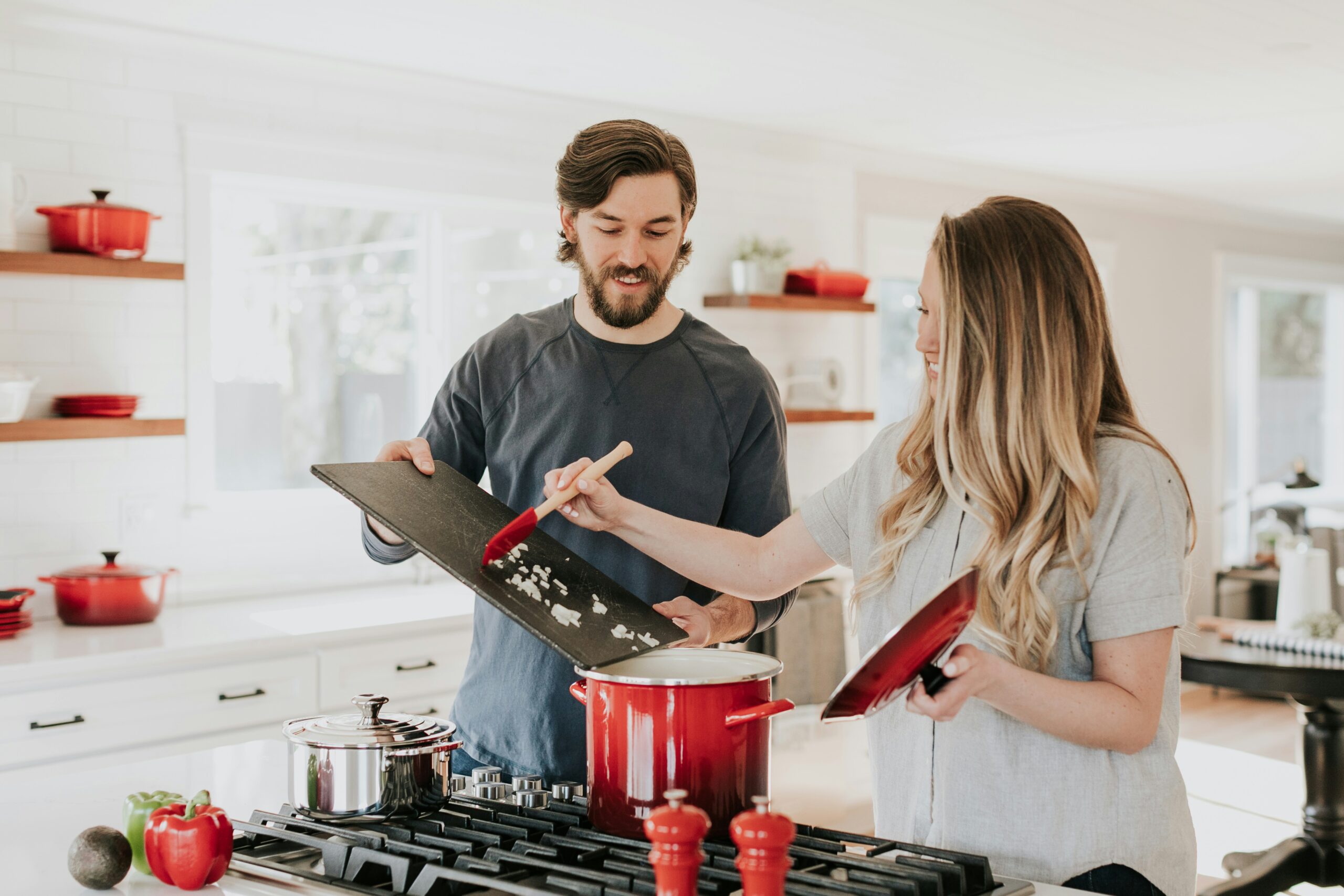Deciphering Dry Measure Conversions
Cooking was never just about tossing in some random ingredients and hoping for the best—it’s about precision. There’s a reason why measuring cups are one of the most cherished tools in the kitchen. Mastering the art of accurate measurements can totally transform your dishes into culinary masterpieces.
Why Measuring Right Matters
Imagine trying to bake a cake, and the sugar decides to strike? One extra spoonful can turn your masterpiece into a sweet catastrophe! Whether you’re pouring flour for cookies or spices for that grandma’s secret stew, getting the amount just right is your secret weapon. Every sprinkle counts, and it’s the secret behind professional chefs’ yumminess. And hey, if you’re trying to shed or gain a few pounds, precise measurements are your best pals too. For more on this magic, check out our article on importance of correct quantities when cooking.
Common Dry Ingredients and Their Metric Equivalent
Here’s the inside scoop to avoid guessing games with cups and grams, a handy little table for those kitchen heroes:
| Dry Ingredient | Metric Equivalent (1 cup) |
|---|---|
| All-Purpose Flour | 120 grams |
| Granulated Sugar | 200 grams |
| Brown Sugar | 190 grams |
| Rolled Oats | 90 grams |
| Almond Flour | 96 grams |
| Cocoa Powder | 80 grams |
Remember how some recipes insist on grams, and you’re like, “C’mon! Just tell me how many cups that is!”? This is where this table saves the day. If you’re ever scratching your head over details like how many grams snugly fit into a cup of different ingredients—rice, coconut oil, and more—make sure you check out our elaborate guides how many grams in a cup solid?, how many grams in a cup of coconut oil?, and how many grams rice in a cup?.
By becoming a champ in dry measure conversions and keeping your measurements spot-on, you’ll impress everyone with your cooking skills. Give your next dish that edge and make it shine with the perfect balance of flavors.
Converting Cups to Grams
Ever try switching up recipes and get stuck in the bizarro world of measuring cups versus grams? You’re not alone. Shifting from volume to weight measurements can feel like tangled spaghetti, but knowing the basics of this conversion magic can totally amp up your kitchen game.
Getting to Know Your Dry Ingredients
Dry stuff like flour and sugar ain’t all built the same. They’ve got their own groove when it comes to making the leap from cups to grams due to density and texture vibes. But don’t sweat it, here’s a quick cheat sheet to keep handy:
| Dry Ingredient | Cup (US) | Grams |
|---|---|---|
| All-Purpose Flour | 1 cup | 120g |
| Granulated Sugar | 1 cup | 200g |
| Almonds (whole) | 1 cup | 140g |
| Rolled Oats | 1 cup | 90g |
| Cocoa Powder | 1 cup | 80g |
Nailing Conversion Techniques
To nail the whole cup to gram thing, knowing the little tricks for each dry ingredient is super helpful. Here’s a rundown:
- Flour: A cup’s about 120 grams. But don’t go dunking your measuring cup in there willy-nilly. Instead, scoop the flour into it and level it with something flat to make sure you’re spot-on.
- Sugar: That sweet cup weighs roughly 200 grams. Make sure to pack the sugar down a bit for consistent sweetness.
- Nuts: Nut weights can vary big time. Almonds are usually 140 grams for a cup. Keep an eye on size and shape for that precise measure.
- Rolled Oats: A cup is around 90 grams but pack ‘em light for best results.
- Cocoa Powder: It only weighs in at about 80 grams a cup. Give it a fluff before you scoop for a no-fail measure.
Getting the hang of these conversion tricks takes your cooking escapades to a pro level. Hit up our importance of correct quantities when cooking article for more pro tips!





